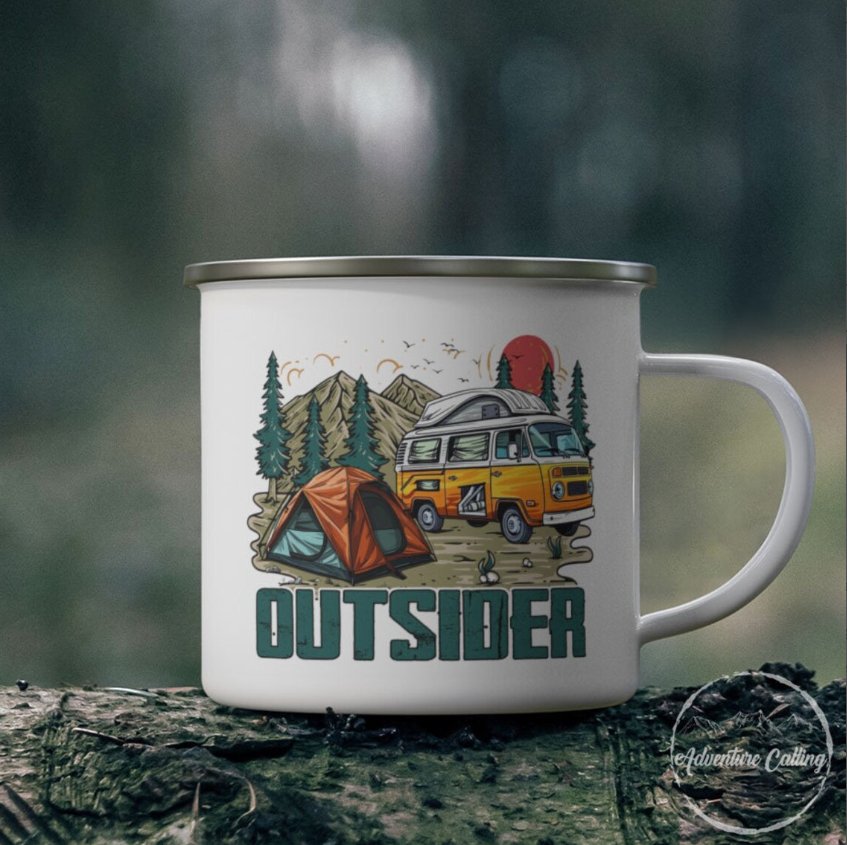How to hang paper-based wallpaper?
To hang paper-based wallpaper, start by attaching the paper to the wall using adhesive or screws. Make sure to pre-measure and tape off any areas you don't want to be painted. Then, use a spray paint roller to cover the entire surface of your wall with a thin coat of paint. Once all sides are painted, let it dry completely before hanging your new wallpaper! If you prefer to hang your wallpaper using clips, start by measuring and trimming the paper to fit your needs. Next, use a hot glue gun or masking tape to attach the top of each clip to one side of the wall. Make sure that you space them evenly so there is plenty of room for paint when it's time to hang your new wallpaper!
Mix wallpaper paste
You have selected a paper-based wallpaper (as opposed to the non-woven range) and are prepared to begin. You have obtained the suitable wallpaper paste for the paper-based wallpaper. The strips have been reduced to the ideal size. Please remember that ceilings are constantly wallpapered initially.
The first strip (or size) on the ceiling or the wall surface should permanently be plumbed (using a plumb bob and a line) to ensure a straight line. If you do not have a plumb bob or a bar, make use of a water level and draw a straight line on the wall. You can do this before blending the wallpaper paste.
Talking of which, let's currently prepare the paste. Please refer to the guidelines on the packaging to establish the exact blending ratio of water and powder. The directions will also give you info about the type of wallpaper utilized, the called-for quantity of water, the range (e.g. square metres) you can wallpaper with the paste, and the amount of wallpaper you will undoubtedly need.
When possible, utilize a particular wallpaper paste container with volume markings, as it makes the process less complicated. The blending pail or container needs must be tidy and devoid of rust/stainless. It's best to use a receptacle that will undoubtedly hold more than the amount required to stay clear of "overruling".
Tip
Always utilize brand-new, unopened paste boxes, and use the whole quantity. When opened up, the powder can lose particular ingredients, which hurts its sticky toughness. If some paste is left after you have finished wallpapering, cover the container with some stick movie or a cover to make it air-tight. This way, you can utilize it for minor repair work within two weeks.
Mixing of wallpaper paste - in detail:
Add cold water (as stated in the guidelines) to the bucket. Currently, carry out a (wooden, extended) blending and promptly pour in the paste powder whilst stirring constantly. The packet should be held at a distance of 10 cm above the water. Mix clockwise and anti-clockwise to ensure the water and powder are mixed effectively.
If little lumps form whilst you pour in the paste powder:
Remain to mix till they liquify. Even when the blend looks uniform and smooth, maintain mixing for a bit longer. The plan instructions will most probably include details regarding the length of time the mixture need to be entrusted to rest up until it reaches its regular gel-like consistency. Do not mix throughout the saturating procedure, but provide it one more go once it has the preferred surface, just before you begin utilizing the paste.
During the soaking period:
Please cover your radiators (to shield them from paste spots) and shut the windows. As a basic policy, the area temperature level should never be obtained expensively, and there should be no draft throughout wallpapering, as this can influence the paste-covered lengths of wallpaper. A continuous space temperature level of 18 - 20 degrees Celsius is excellent.
Apply the paste to the wallpaper
Before putting the paste on the wallpaper, you must prepare the trestle table and the pasting brush. Lay the size of wallpaper "face down" on the trestle table. To make the pasting process easier, weigh down both ends of the measure with something hefty (e.g. old publications). Place a small pencil mark at the halfway point of the size to help fold it later.
Mix the paste once more. Dip the pasting brush in the pail, but make sure you do not "overload" it to stay clear of leaking. Start from the middle and brush out towards the sides to cover the surface (including the edges) uniformly. Ensure the paste is used equally and kindly (without overdoing it).
If your table isn't enough time for the whole strip, utilize a chair with about the same elevation, shield it with cling film, and put it alongside the table (leaving a couple of inches between the trestle table and the chair.) Brush the paste from the middle to the beginning or end of the strip, then thoroughly curtain the paste-covered fifty per cent over the chair. Depending on the size of the wallpaper strip, you may need two chairs to see that the ribbon does not touch the flooring.
Soak the wallpaper
You will certainly now require to let the paste soak into the wallpaper (the moment needed for this must be stated on the packaging of the paste - generally between 5 and 10 minutes). Fold up the pasted wallpaper strip from the outdoors sides to the middle point you noted previously. Fold it to ensure that side is correctly placed upon the edge. If you stop working to do this, the edges will undoubtedly dry and not adhere to the wall surface.
To abide by the saturating time, we recommend utilizing a timer so you will undoubtedly look out when the process has finished. You could use the timer feature or an app on your mobile phone.
Whilst the paste is soaking in, the paper will undoubtedly broaden as it absorbs wetness, resulting in the article being somewhat longer and broader. If you leave the report also long, it will increase way too much, leading to voids between strips as soon as dried out on the wall. If you do not allow it to saturate for enough time, the wallpaper will undoubtedly expand on the wall surface, producing folds and air bubbles. For formed wallpapers, the saturating time must be the same for each strip. Or else the pattern can be "distorted" and will certainly not be an exact match at the edges.
So the motto is: Keep one's fabulous and have a lovely favourite or coffee - the real wallpapering job will begin!
Hang wallpaper strips on the wall
Allow's to get the backgrounding image!
" Finally!" you might claim, mainly if the preparation work was rather work-intensive. Yet we are finally all set to place those lengths on the wall surface.
- Carefully curtain the folded-up strip of wallpaper over your arm and also climb up the ladder.
- As soon as there, open the top folded up side whilst the reduced end is still folded up.
- Align the strip with the plumbed line and gently stick the top half to the wall (bear in mind the overlap of 5 cm)! For now, you only ensure it abides by the wall surface (before continuing with the bottom half).
- Now unfold the reduced-size part and stick it to the wall surface. Once more, make sure it lines up with the plumb line.
- Use a tidy and completely dry paper hanger's brush to smooth down the paper from the middle, ensuring an excellent butt joint and pattern suit, then work out towards the edges. Ensure you function exceptionally extensively. If the paste spills out on the edges, remove it instantly with a clean wet cloth or sponge. Always use clean water to wash out the sponge/cloth.
Utilize a joint roller to move along the edges to ensure they are flat on the wall. For pressure-sensitive anaglypta or textured wallpapers, pick a joint roller with a foam cover to protect them from damage. Do not apply too much stress when working with a standard roller.
If you discover that the sides do not stay down and are also flat to the wall due to an absence of wallpaper paste, use a little paintbrush to include a small amount of paste.
It is essential to be patient and highly exact when hanging the initial length of wallpaper as it identifies the result of the rest of the job. For example, you must pay proper attention to the noting line. Once the first length remains in the area, you can use it as a positioning help for all remaining measurements. Do not fail to remember to make use of the plumb bob to make sure each length is straight.
When the sizes have been smoothed out, they require time to dry wholly and effectively. Please hold your horses, and don't try to speed things up (e.g. with a hair-dryer)! It just takes its time .
Cut off Overlaps
Cut off the overlapping bits of wallpaper on top and the bottom (i.e. the skirting board, unless this was removed). If feasible, we advise removing the skirting boards before backgrounding as it precisely conserves the job of cutting the bottom end. After the wallpapering process, it will look excellent once the skirting board has been reattached.
Ensure your cutting tools are extremely sharp to clean lines and make work easier on your own. There are two choices:
- Make use of a ruler, wallpaper cutting guide or spatula to press the upper and lower edge down and after that, very carefully cut the overlapping paper with a cutter knife.
- If the wallpaper is still very moist, sharp scissors must be used as the cutter knife can harm the wallpaper and make the whole process harder. Once again, use your wallpaper reducing guide or spatula to push the edges down. Dab hands can use the back of backgrounding image scissors to attain this. Carefully draw the size away to place the scissors straight into the fold crease and cut off the unwanted at the top and bottom. After that, brush the size back right into location. You could need to use a brush or joint roller. Work effectively, yet don't rush it - this process is only feasible whilst the wallpaper is still damp.
Also Read:- How to wallpaper the ceiling?
For interesting Home decor Posts, follow us on Instagram.



Leave a comment